|
In a study that has been accepted by the Annals of the American Association of Geographers, my coauthors and I have examined how community resilience along with objective hurricane risks impacts aggregate perceptions of hurricane risks. We first applied spatial techniques to transform individual-level perceptions to the aggregate level, in this case, counties. The map below displays the geographic pattern of hurricane risk perceptions among coastal counties along the U.S. Gulf Coast. Clearly, there is a concentration of heightened hurricane risk perceptions stretching from southeast Texas to west Florida. Given the recent enormous impact of Hurricane Harvey in southeast Texas and West Louisiana, it is likely that risk perception has further increased among coastal residents who have been affected by Harvey. Further, we found two aspects of community resilience measured by Cutter et al. (2014), namely economic resilience and community capital, are positively related to aggregate perceptions of hurricanes risks. This indicates that communities with more economic resources and social capital tend to perceive greater threat of hurricanes. The policy implication is that counties with less economic and social capitals need to direct efforts on educating the public about scientific assessments of hurricanes risks. Reference:
Cutter, S. L., Ash, K. D. and Emrich, C. T. 2014. The geographies of community disaster resilience. Global Environmental Change, 29, 65-77. Shao, W, Gardezi, M., and Xian, S. (forthcoming). Examining the effects of objective hurricane risks and community resilience on risk perceptions of hurricanes at the county level in the U.S. Gulf Coast: An innovative approach" Annals of the American Association of Geographers.
1 Comment
Natural disaster is never purely natural. The moment when a natural event such as a hurricane, tornado, or wildfire "meets" with a societal community on its path, the event has the potential to become a disaster from the perspective of human society. Hurricanes essentially serve as nature's venue to reallocate energy geographically from the tropical region to higher latitudes. But because some communities are built on the usual path of hurricanes, they are vulnerable to this type of natural events. Hurricane Maria has left the U.S. territory Puerto Rico in despair. Because of its geographic location, Hurricane Maria certainly will not be the last one to affect this region. To build better resilience, the first thing every community needs to do is raise its awareness of such interactions between nature and society.
We know that coastal Louisiana has been sinking, due to a combination of land subsidence and sea level rise. A new study shows that the current sinking rate is what many considered "worst case scenario."
Land subsidence has been going on for thousands of years. Many scientists believe the construction of dams and oil and gap extraction activities worsens this situation by intervening the natural Mississippi delta building process. Sea level rise due to temperature increase further complicates this matter. Despite the intensive efforts to protect and restore coastal Louisiana, many residents in rapidly sinking areas have no choice but relocate. Flooding poses serious threats to communities. The economic damages incurred by floods have grown immensely over the past several decades in the U.S., especially in the coastal region due to a combination of intense coastal development and climate change impacts. The recent epic flood in Louisiana serves as a vivid reminder that a flood can turn out to be a monster destroying everything on its path.
Being faced with these serious challenges, one effective precautionary measure for coastal residents would be to purchase flood insurance. In reality, though, only a portion of these coastal residents who live in the imminent threats of floods have flood insurance. Naturally, we start to scratch our heads and wonder, "what drives people to buy flood insurance?" Driven by this question, my co-authors and I analyzed the Gulf Coast Climate Change survey data merged with contextual data, and made several important findings on individual voluntary flood insurance purchase behaviors. The results are published in the journal: Water Research These findings include: 1. Flood risks in FEMA flood map affect the voluntary purchase of flood insurance. 2. Voluntary behavior is influenced by perceptions of flood-related risks. 3. Intensity of the local flood events in the past affects the voluntary behavior. 4. Social factors especially income significantly affect the voluntary behavior. 8/21/2016 0 Comments Louisiana's Epic Flood The southern Louisiana was absolutely devastated by an epic flood last week. Tens of thousands of people were displaced due to this historically unprecedented flooding event. 13 people died of this event, 40,000 homes were damaged, and 20 parishes were declared Federal Disaster Area. For many residents in these communities, this flood was even more destructive than Hurricane Katrina. Here, I post some pictures of the neighborhood I used to live in. The street was full of trash in the aftermath. Inside the house after the water receded After the worst natural hazard since Super Storm Sandy, many coastal communities are facing a long recovery. When interviewed by NPR's On Point, my former doctoral advisor Dr. Barry Keim, Louisiana State Climatologist, was asked if this epic flood was related to climate change, Dr. Keim pointed out that it was difficult to determine an absolute link between climate change and a single event. His response highlights the key to understanding climate change. By definition, climate change refers to “a change in the state of the climate that can be identified by changes in the mean and/or the variability of its properties, and that persists for an extended period, typically decades or longer," according IPCC. Lay persons are more likely to be influenced by isolated extreme weather events when making judgments about climate change. More frequent extreme weather events, though, collectively form a pattern that can be attributed to climate change.
The economic damage from flooding in the coastal areas has dramatically increased over the past several decades. One effective way to mitigate excessive economic losses from flooding is to purchase flood insurance. In reality, only a minority of coastal residents however have taken this preventive measure. In order to understand the driving force behind individuals' decision to voluntarily purchase flood insurance, my coauthors and I examine how external influences and perceptions of flood-related risks together with socio-demographic factors affect this voluntary behavior in the U.S. Gulf Coast by using survey data merged with contextual data. This paper has been published on Water Research. Our findings indicate that estimated flood risks conveyed through FEMA's flood maps, intensities and consequences of past storms and flooding events, as well as perceived flood-related risks significantly affect individuals’ voluntary flood insurance purchase behaviors. The finding about FEMA's flood maps has significant policy implication that FEMA’s flood maps have been effective in conveying local flood risks to coastal residents, and correspondingly influencing their decisions to voluntarily seek flood insurance. Flood maps therefore should be updated frequently to reflect timely and accurate flood risks. |
|
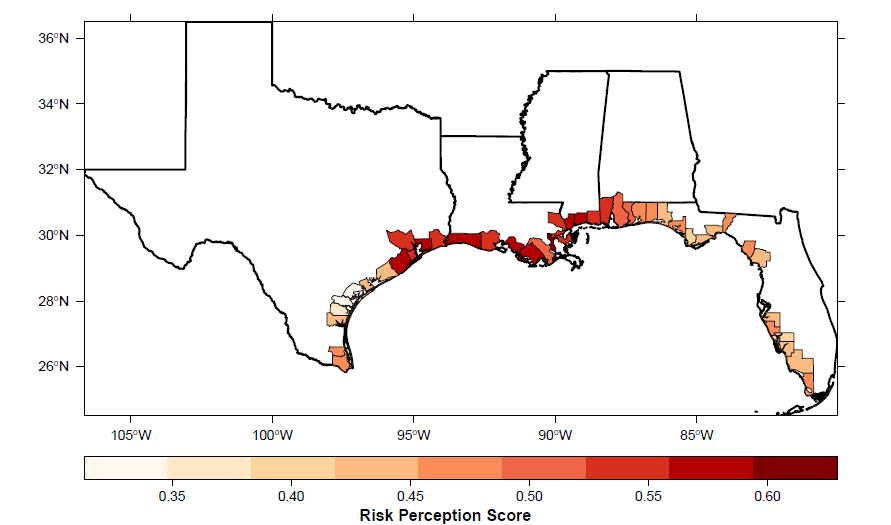
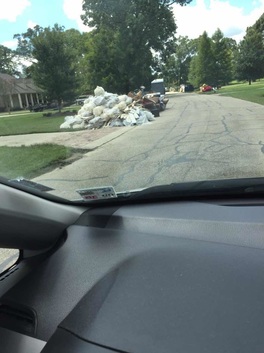
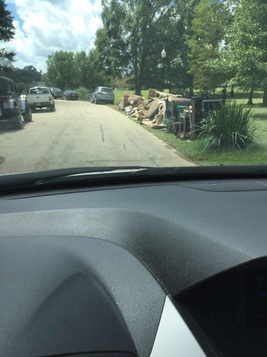
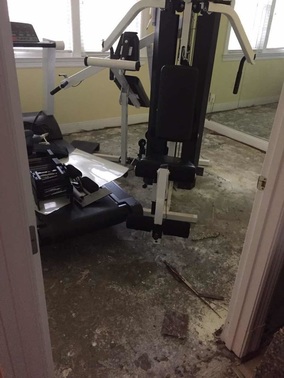
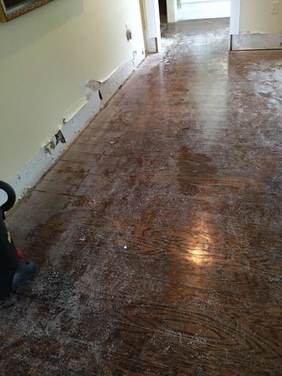


 RSS Feed
RSS Feed